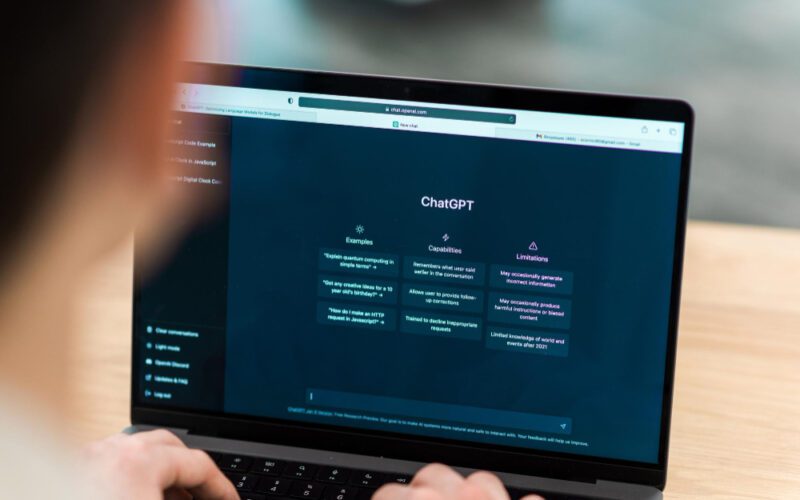As the AI landscape rapidly evolves, new reports indicate that Microsoft and OpenAI are preparing to launch GPT-5.5 in fall 2025. This mid-cycle upgrade to the GPT series could introduce meaningful improvements in generative AI performance and user experience across both enterprise and consumer applications.
What Is GPT-5.5?
GPT-5.5 is expected to bridge the gap between GPT-4 and the highly anticipated GPT-6. Industry observers suggest it will improve reasoning capabilities, speed, and the ability to handle multi-modal inputs like text, code, images, and possibly even video.
Although OpenAI hasn’t publicly confirmed details, insiders believe GPT-5.5 will enhance context retention, reduce hallucinations, and offer smoother interactions. These changes could position the model as a strong upgrade for developers and businesses currently relying on GPT-4 Turbo.
Microsoft’s Role in the Launch
Microsoft continues to deepen its collaboration with OpenAI by embedding GPT models into its products and services. Tools like Microsoft 365 Copilot and Azure OpenAI Services will likely feature GPT-5.5 shortly after release.
Instead of acting solely as a platform provider, Microsoft actively contributes to deployment strategy, infrastructure, and real-world integration. This partnership allows both companies to iterate and scale AI deployments rapidly and efficiently.
Key Features to Watch
Based on leaks and informed speculation, GPT-5.5 may introduce:
- Improved logical reasoning and task execution
- Faster, more memory-efficient processing
- Enhanced image and code generation
- Better performance with long-context conversations
These features will likely support more complex workflows and enable smarter AI assistants for developers, creatives, and enterprise teams alike.
Industry Impact and Competitive Dynamics
The launch of GPT-5.5 could shake up the competitive AI space. As Google’s Gemini models and Anthropic’s Claude gain traction, OpenAI aims to maintain its edge through continued iteration. By pushing out consistent performance upgrades, OpenAI and Microsoft show they can evolve the platform without waiting for full-number releases like GPT-6.
This update could also reinforce Microsoft’s position as the top AI enabler for enterprise users, especially as more companies adopt cloud-based AI integrations for productivity and customer engagement.
Should You Wait for GPT-5.5?
If you’re already using GPT-4 or GPT-4 Turbo, GPT-5.5 might deliver a noticeable upgrade in responsiveness, accuracy, and efficiency—without the unknowns of a completely new architecture. For organizations considering adoption or expansion of AI tools, this release could present an ideal entry point.
Product teams can use it to prototype smarter apps, automate processes, or even enhance content generation pipelines.
Conclusion
The GPT-5.5 release signals another critical step in generative AI’s evolution. Microsoft and OpenAI are poised to expand the model’s reach while deepening its capabilities across both technical and business use cases.
If the rumors prove true, fall 2025 could mark the arrival of a more refined, faster, and smarter AI model—one that sets the stage for GPT-6 and beyond. As always, staying ahead in AI means more than adopting new tools—it means understanding how they transform the way we work, think, and innovate.









